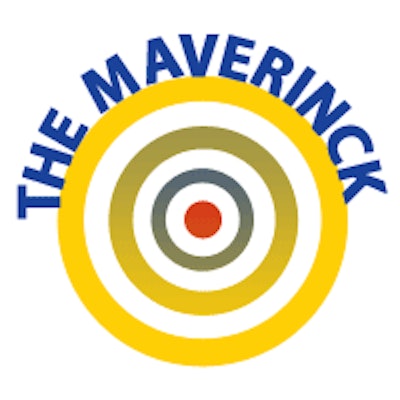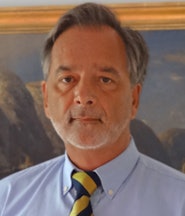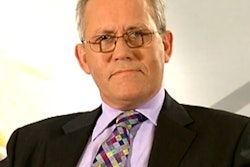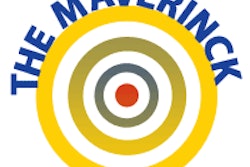
It's the simple things in life that count and often improve our understanding of each other and foster living and working together. Many departments of radiology and private imaging offices have a problem: Their value, their performance, and their staff are not recognized for their contributions to patient care and to other medical disciplines, as well as to the overall financial success of the institution.
Radiologists usually perform backstage, as do pathologists, microbiologists, and clinical biochemists. They are not in the limelight, like surgeons and cardiologists, for example. Although it is increasingly claimed by the healthcare business, radiology is not a commodity delivering goods or products. Thus, it requires additional effort to be able to act and be seen on the same level as the ancient medical disciplines.
 Dr. Peter Rinck, PhD, is a professor of diagnostic imaging and the president of the Council of the Round Table Foundation (TRTF) and European Magnetic Resonance Forum (EMRF).
Dr. Peter Rinck, PhD, is a professor of diagnostic imaging and the president of the Council of the Round Table Foundation (TRTF) and European Magnetic Resonance Forum (EMRF).You don't have to study medicine or be a radiologist to realize this problem or to find a solution: Communication belongs to the pivotal professional qualities of radiologists, not only skillful and competent image-reading.
Communication begins in the department of radiology -- between physicians working there, between physicians and technicians, basically between everybody. Being friendly and polite is the first step; a grumpy, greedy, old department head does not invite dialogue and exchange -- nor does an obnoxious smartass. The same holds for the receptionists, the head technician, and -- to a lesser extent -- everybody else. The fundamental issue of running a radiology department and being a radiologist is the human factor.
If the atmosphere at the radiological home is pleasing, it will have an impact on other departments, fellow doctors, nurses, technicians -- and patients and their relatives. This has nothing to do with the quality of practice or the latest and perhaps even best equipment. Warm relations are the oil that smooth the way of interaction of radiologists with patients, colleagues, and management. Being cordial, available, kind, and understanding as well as possessing a sense of pleasant humor withstanding times of stress are helpful accessories.
However, the requirements for eventual and lasting success are most of the old virtues, among them productivity, collegiality, punctuality, reliability, credibility, honesty, and creativity. They have not lost their appeal and are still very much in demand ... together with a united front against the metastatic cancer of bureaucracy.
But now comes the hard part: Be better in your field than others and, in addition, know as much about other medical disciplines as the specialists -- and advance yourself as the expert in diagnostic imaging options, share your knowledge without showing off, and make yourself indispensable for key decisions as an imaging specialist with detailed clinical understanding of certain organ systems or diseases.
Then you can focus on those additional sales factors everybody is talking about: value-added imaging -- for instance, daily or weekly image-reading sessions with physicians of other specialties; radiology rounds where a physician visits patients on the wards together with a referring doctor showing and explaining patients their images on a tablet computer; meetings with the management presenting summaries of scientific conferences -- you name it.
Because the changing nature of clinical practice does not alone change medical imaging, but all surgical and internal medicine subdisciplines, quarterly multidisciplinary team meetings might help to avoid local turf battles.
However, be careful. Communication isn't all. Don't try to be everybody's friend. People in your department, in other departments, and definitely in the healthcare management team might have intentions that differ from yours.
You may be asking: Why does he tell us this? Isn't it obvious?
People forget, and routine and grumpiness easily take over. A smile a day keeps trouble away: A smile at other people and, perhaps, a smile at yourself in the mirror. It changes wavelength from depression to good vibrations and makes communication easier. Try it.
Dr. Peter Rinck, PhD, is a professor of diagnostic imaging and the president of the Council of the Round Table Foundation (TRTF) and European Magnetic Resonance Forum (EMRF).
The comments and observations expressed herein do not necessarily reflect the opinions of AuntMinnieEurope.com, nor should they be construed as an endorsement or admonishment of any particular vendor, analyst, industry consultant, or consulting group.



















